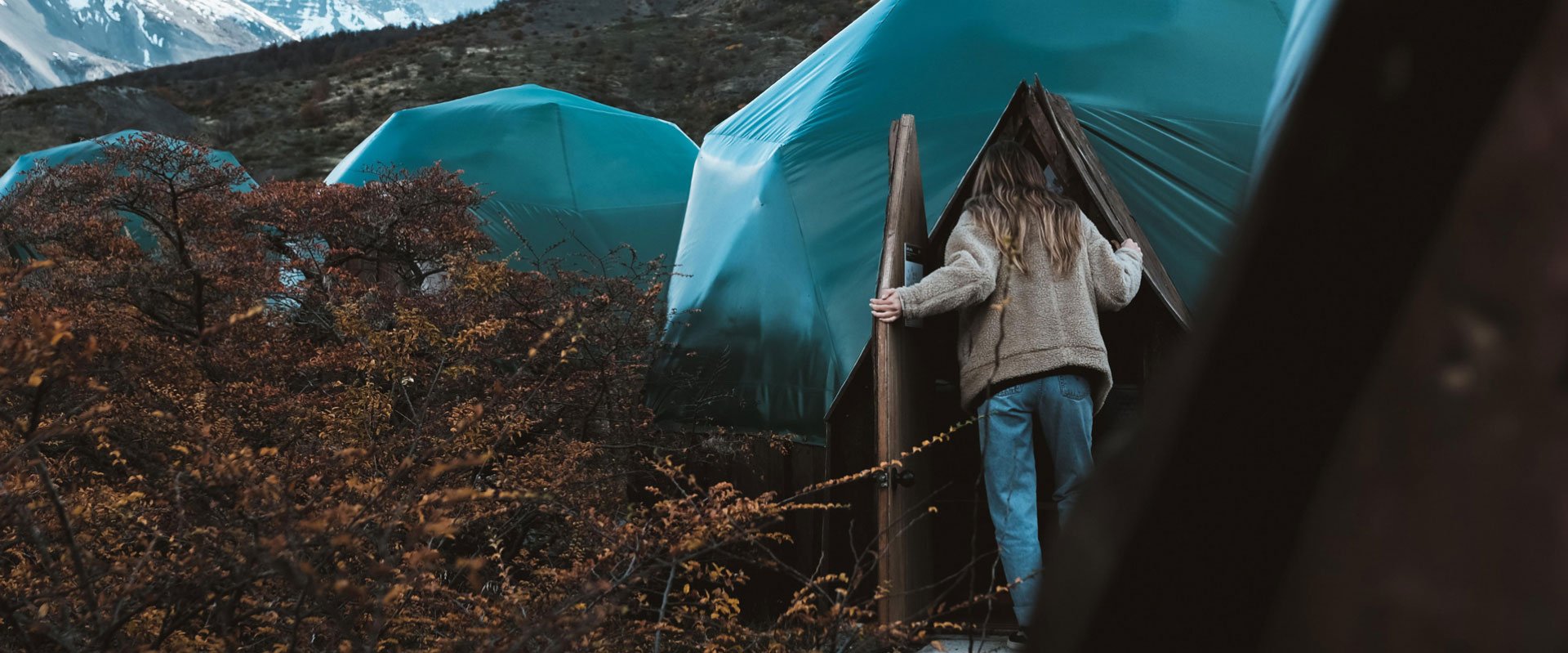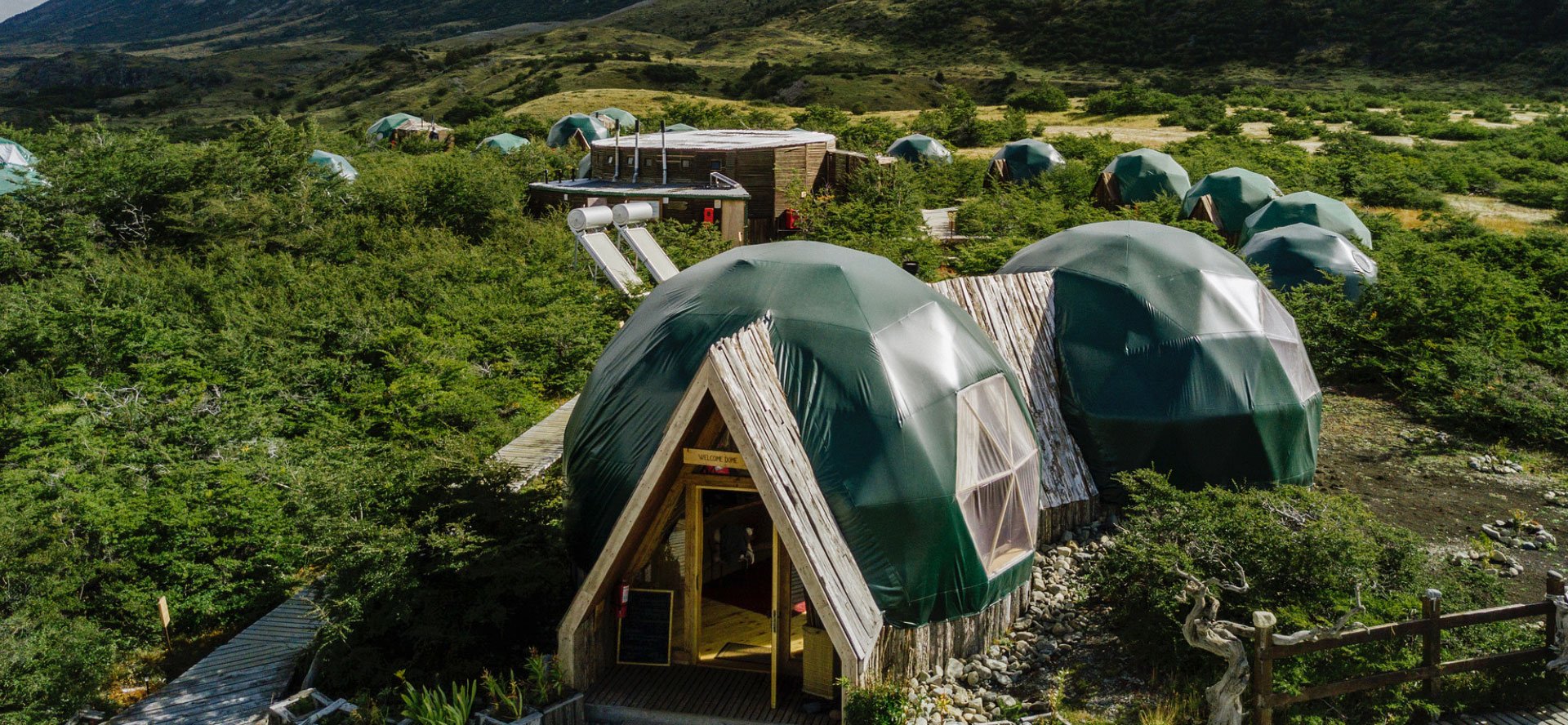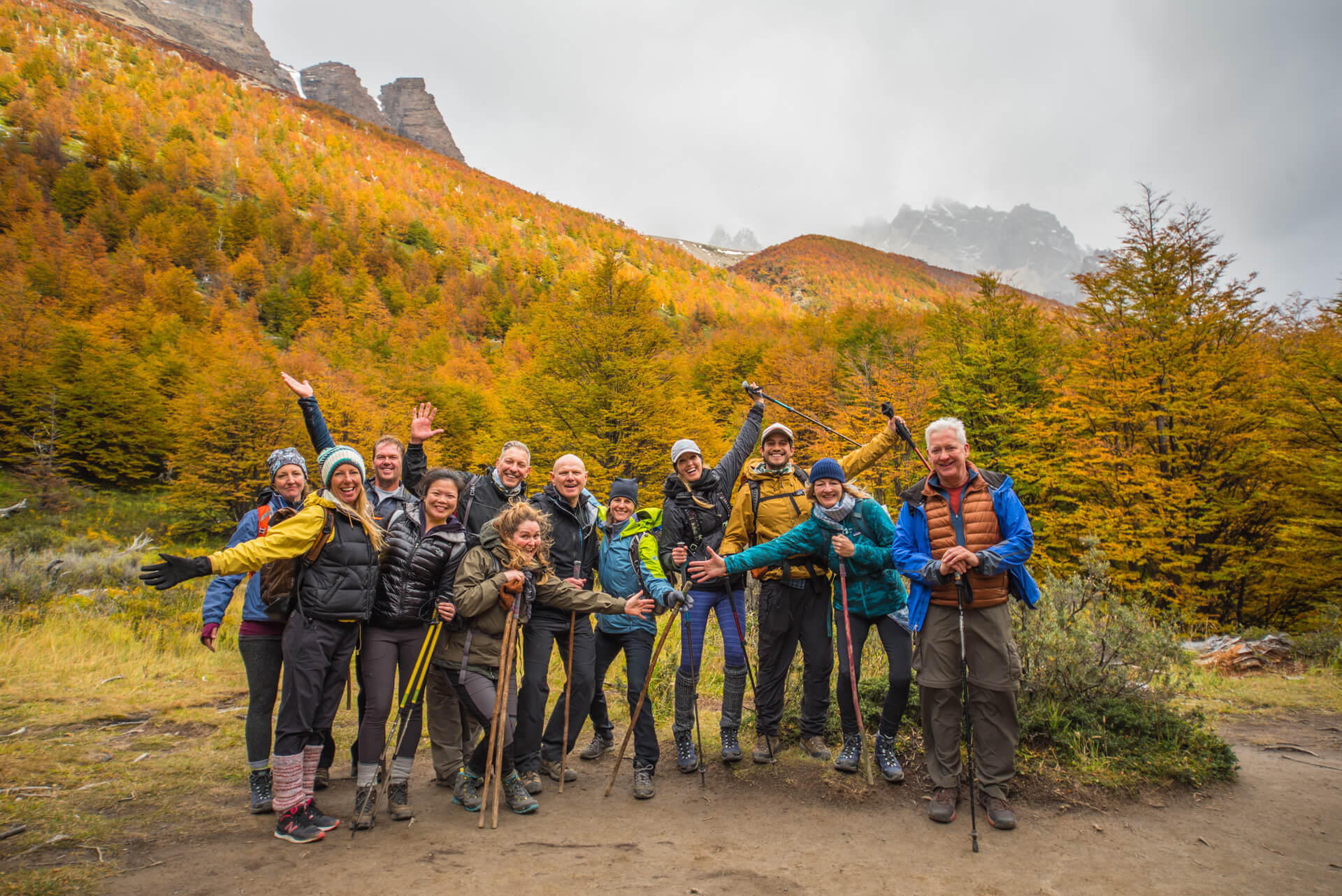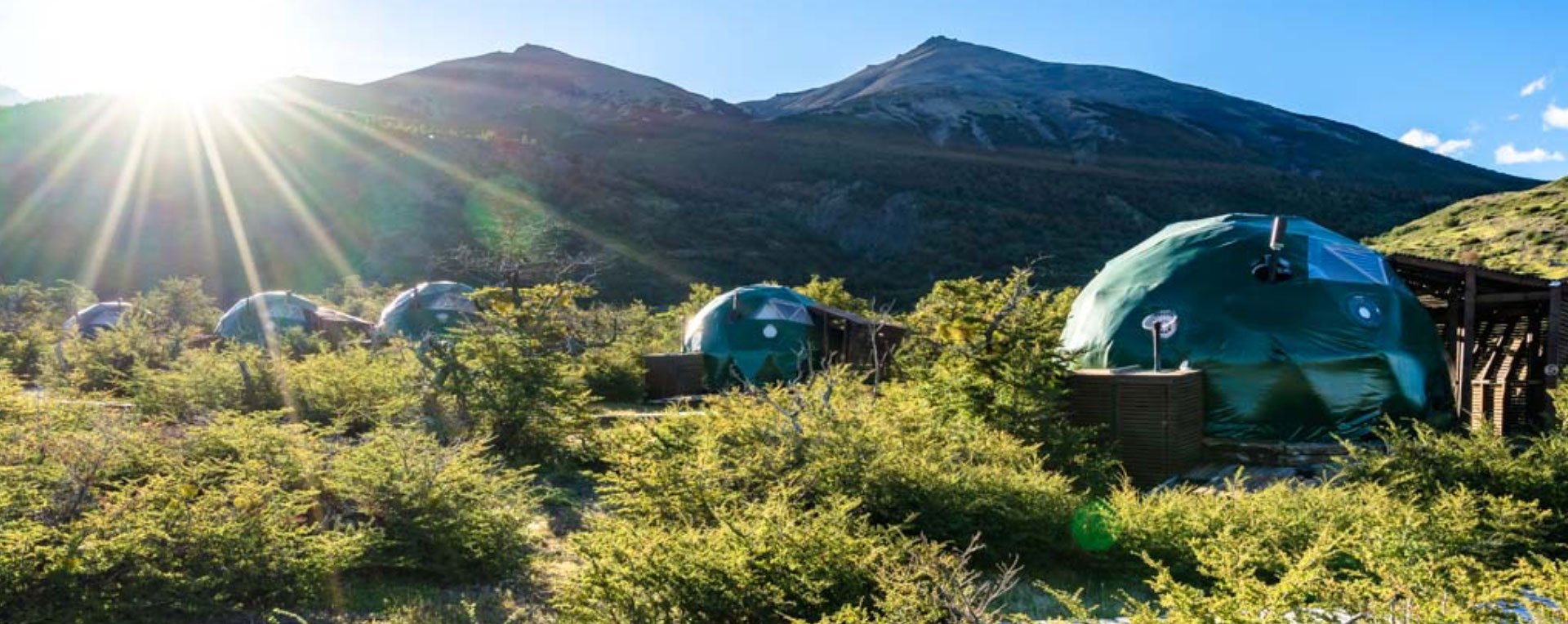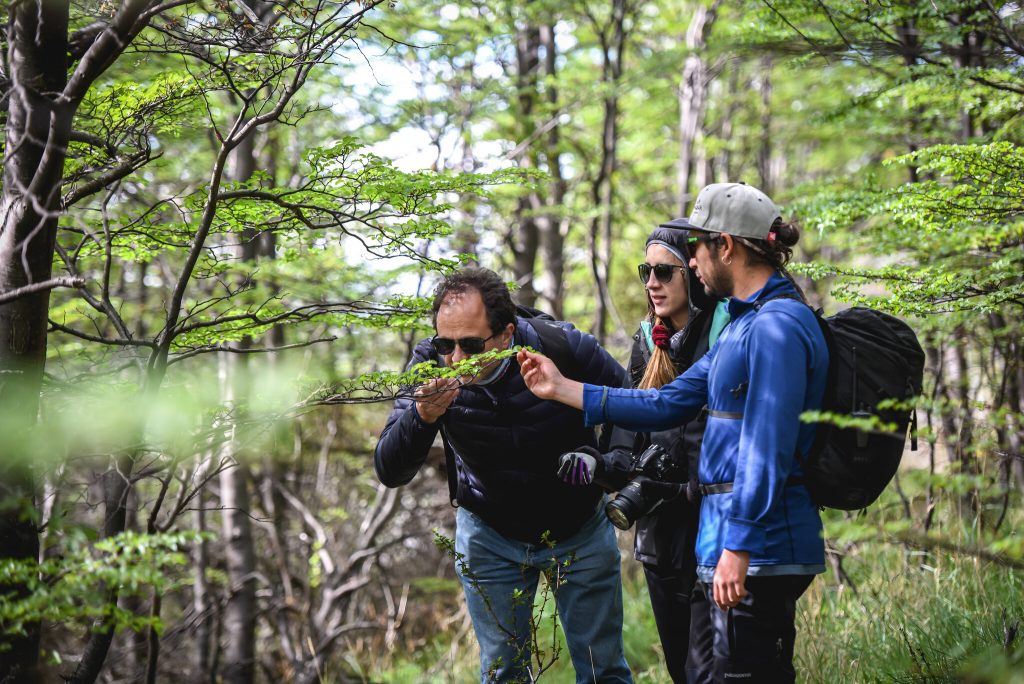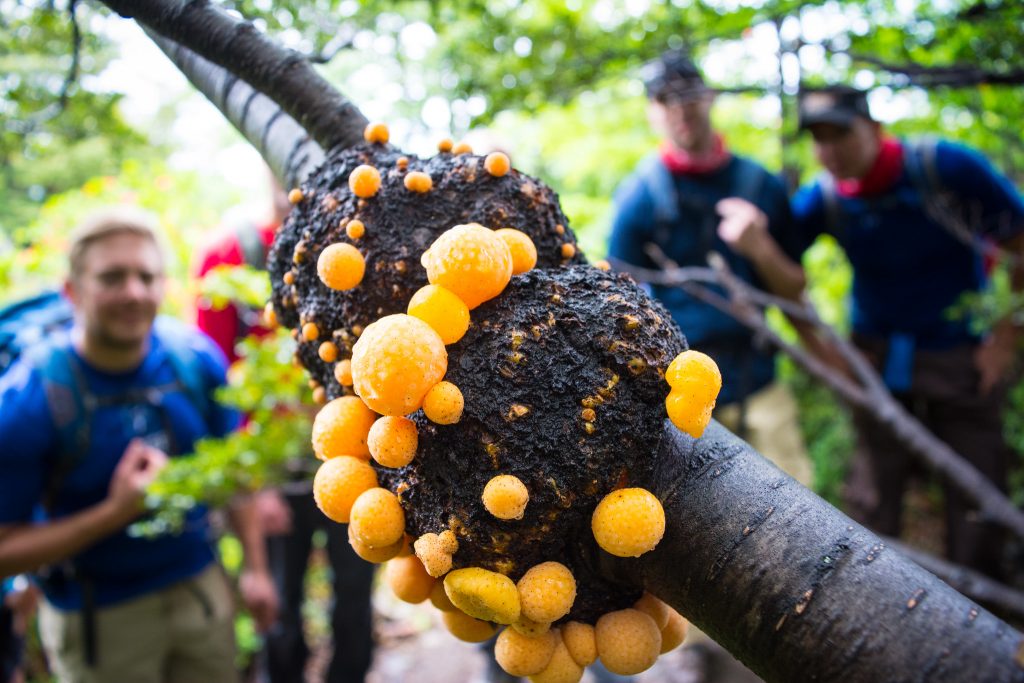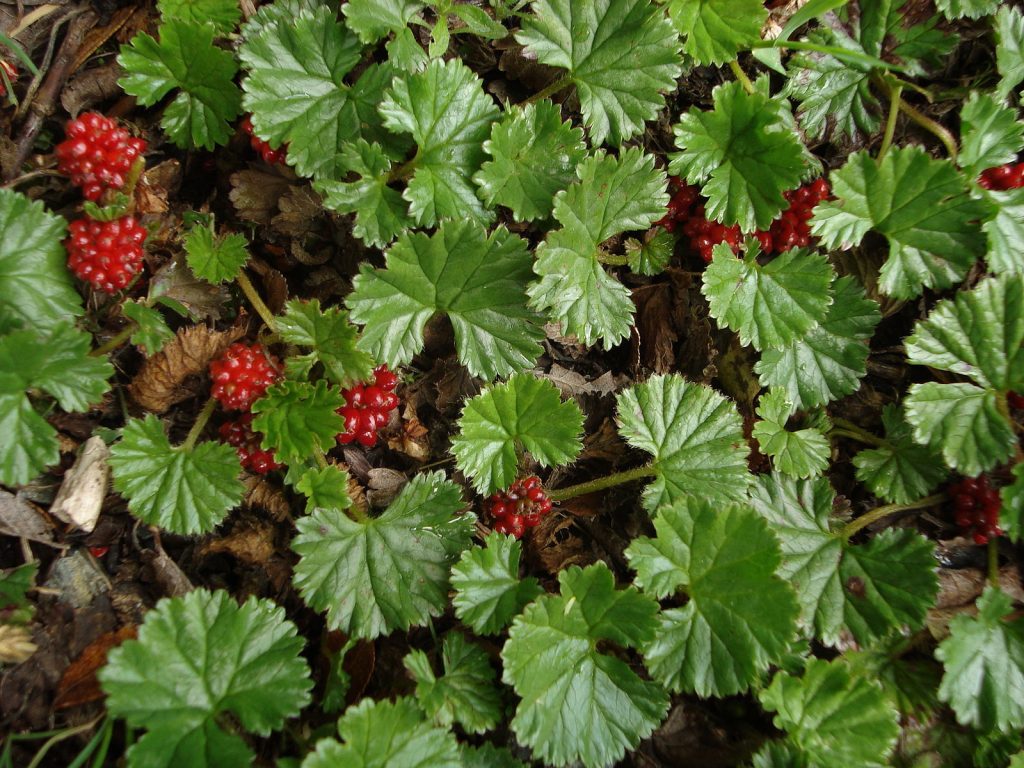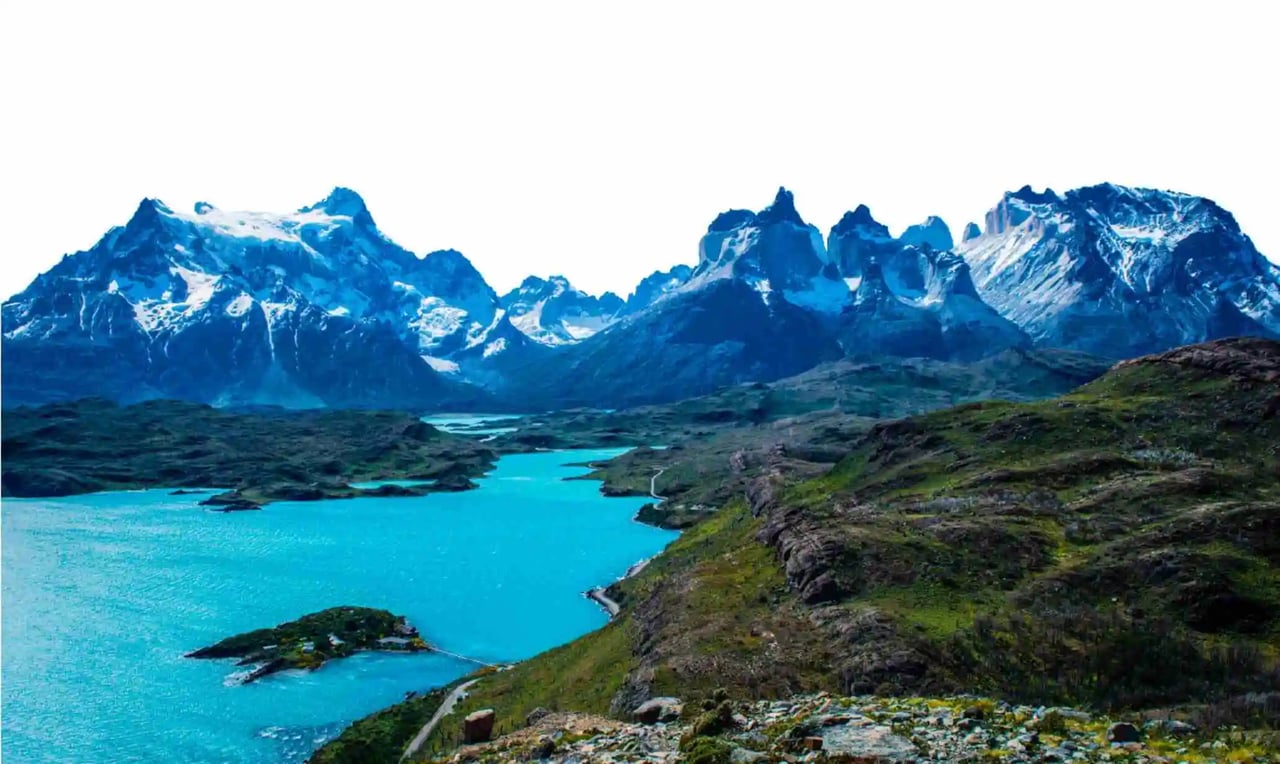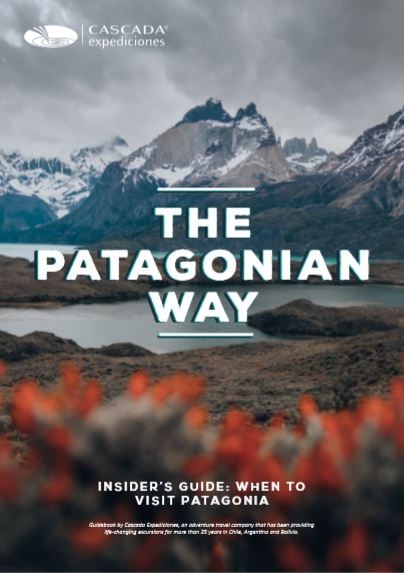You don’t need to travel to Africa or the Amazon Rain forest to be amazed by some of the world’s most beautiful plants and animals. At “the end of the world” in Patagonia, unique surprises lurk in every corner! From the elusive puma playing with her young to the tasty calafate berries sprinkled along the shrubs, there are certainly a fair share of wonders for you to discover. Today we will focus on Patagonia’s flora. To learn about fauna in the region, check out this blogpost!
The vegetation in Torres del Paine can be classified into four categories:
- Pre-Andean Shrub Land: Strong, durable evergreen shrubs.
- Magellanic Deciduous Forest - Deciduous Antarctic Beech trees lining the park’s gorges.
- Patagonian Steppe: Desert shrubs and tuft grasses resistant to harsh winds and weather.
- Andean Desert - Species tolerant to low temperatures and high precipitation.
Pre-Andean Shrub Land
This vegetation is typically found on river banks and the edges of lakes. In Torres del Paine, you can spot it near Sarmiento Lake, Salto Grande and Nordenskjold viewpoint. Like many creatures in nature, these plants have adapted to survive. The plants found in Pre-Andean Scrub Land have developed the ability to save water and to survive in the fierce weather conditions, such as Patagonia’s intense wind.
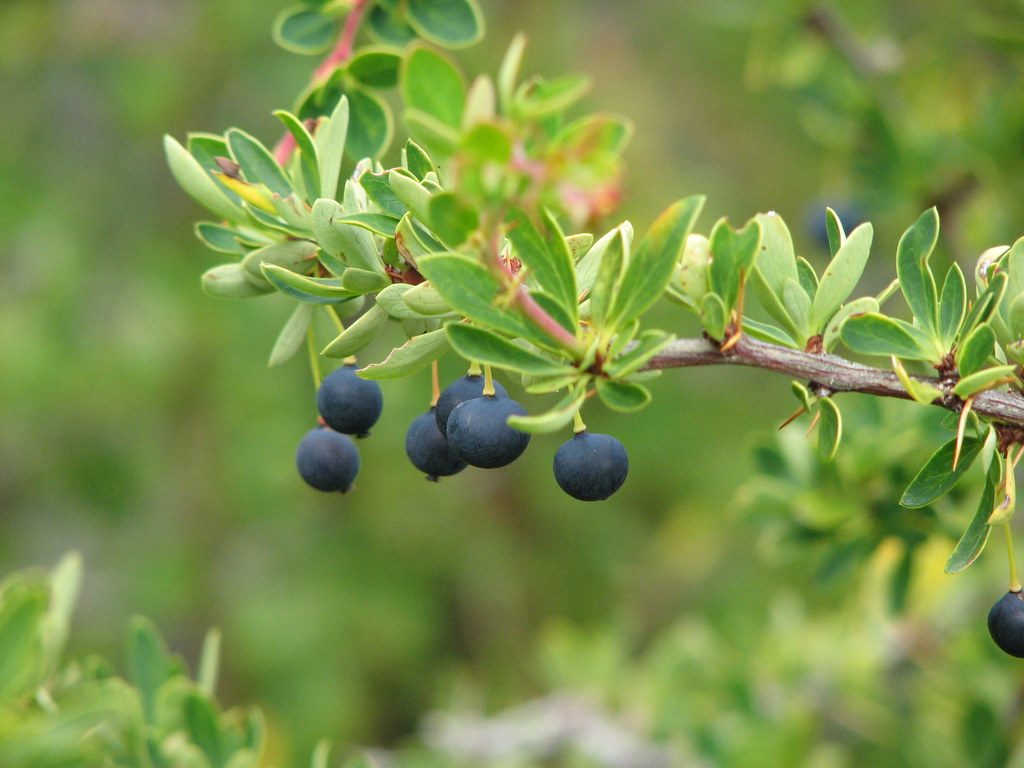 Calafate berry // Photo Credit: Raul Antonia Alvarez
Calafate berry // Photo Credit: Raul Antonia Alvarez -
Chilean Firetree (Notro): The Chilean Firetree is a small evergreen tree, which blooms every spring with dark red flowers. It grows up to 15m tall and up to 20cm in diameter. The bark of this tree is known for being easy to work with and for having a beautiful appearance.
-
Box-leaf Barberry (Calafate): This shrub is considered a symbol of the Patagonian region. In fact, there are legends about the plant that say that individuals who eat the Calafate berry will return to Patagonia within their lifetimes. It is an evergreen that is found in forest steppe and Southern Beech trees, decorated with yellow flowers and edible berries. Locals in the region use its berry for all sorts of delicious food and drinks, including jams, liquor, ice cream and more! Look out for our upcoming guide to the Best Calafate Foods and Drinks in Patagonia.
-
Prickly Heath (Chaura): This evergreen shrub has an edible purple fruit, closely representing a plum and has previously been used as an ornament. Typically this shrub grows to about 2m in height and can be found near the Southern Beech forest.
-
Holly-leaf barberry (Michay): This colorful shrub is made up of shiny, forest-green leaves and flowers dyed shades of orange and yellow. Dark purple berries also grow on it.
-
Dwarf Barberry (Calafatillo): Similar to the Holly-leaf, the Dwarf Barberry is decorated with yellow-orange flowers and purple berries. Its leaves have a lighter look and feel, in comparison to the Holly-leaf.
-
Crimson Spire (Siete Camisas): The Crimson Spire is made up of white and pink shaded flowers, as well as long fruit capsules.
-
Porcelain Orchid (Orquide Porcelana): A plant with a fleshy green stem, white flowers with green veins and fruit that grows in late summer.
-
Muddy Shrub (Mata Barrosa): The Muddy Shrub has hard branches and sharp leaves. You can also notice clusters of yellow flowers.
Magellanic Deciduous Forest
These forests line the gorges and hillsides in Torres del Paine, such as the Grey Glacier area, Laguna Azul, Laguna Amarga and the French Valley. The forests are made up of various trees, shrubs and lichens, each with its own special qualities. Typically, these plants receive more than 600mm of rain per year.
-
Southern Beech (Lenga): Like the Calafate, Southern Beech forests are very well known in Patagonia. They grow in abundance, reaching up to 30m in height and are best known for their wood. The wood is very strong and durable, which is why it is often used for construction.
-
Southern Beech (Coihue): This version of Southern Beech, also works well for making furniture. In addition to Patagonia, it grows in Scotland and locals often build with its wood. This tree can grow up to 25m and stands out with its green, glossy leaves.
-
Southern Beech (Ñirre): It is known as one of the southernmost trees on the planet, native to the south of Chile and Argentina. It can grow up to 20m in height, which is a stunted growth in the Andean desert.
-
Winter Bark (Canelo): The Winter Bark is considered a sacred tree to the Mapuche tribe, an indigenous community in Chile. It can reach up to 20m.
-
Dog Orchid (Palomita): This flower resembles the appearance of a windmill, arranged with three pointed white leaves that are dotted with purple.
-
Old Man’s Beard (Barba de Viejo): This lichen, or composite organism, grows on the bark and branches of Southern Beech trees. It has a mossy, pale-green look to it.
-
Chinese Lantern (Farolito Chino): The Chinese Lantern plant has a similar look to mistletoe, growing on Southern Beech trees. The color of this plant shifts from green to yellow to a reddish brown during its life cycle.
-
Darwin’s Fungus (Pan de Indio): Darwin’s fungus is an orange parasite that grows on Southern Beech branches. It can cause the branches or stems to break off in instances of strong wind.
-
Fuchsia (Chilco): This shrub has narrow branches and pendant-shaped flowers. They are a beautiful red flowers with purple petals.
-
Rainberry (Miñe/Frutilla de Magallanes): A small herb plant made up of white flowers. A small Magellanic berry is hidden inside.
Patagonian Steppe
This vegetation is made up of desert shrubs and tuft grasses. They are resistant to harsh winds and weather in this area of Torres del Paine. In the park, the Patagonian Steppe is located on the eastern side, where there are no trees due to the winds and low levels of humidity.
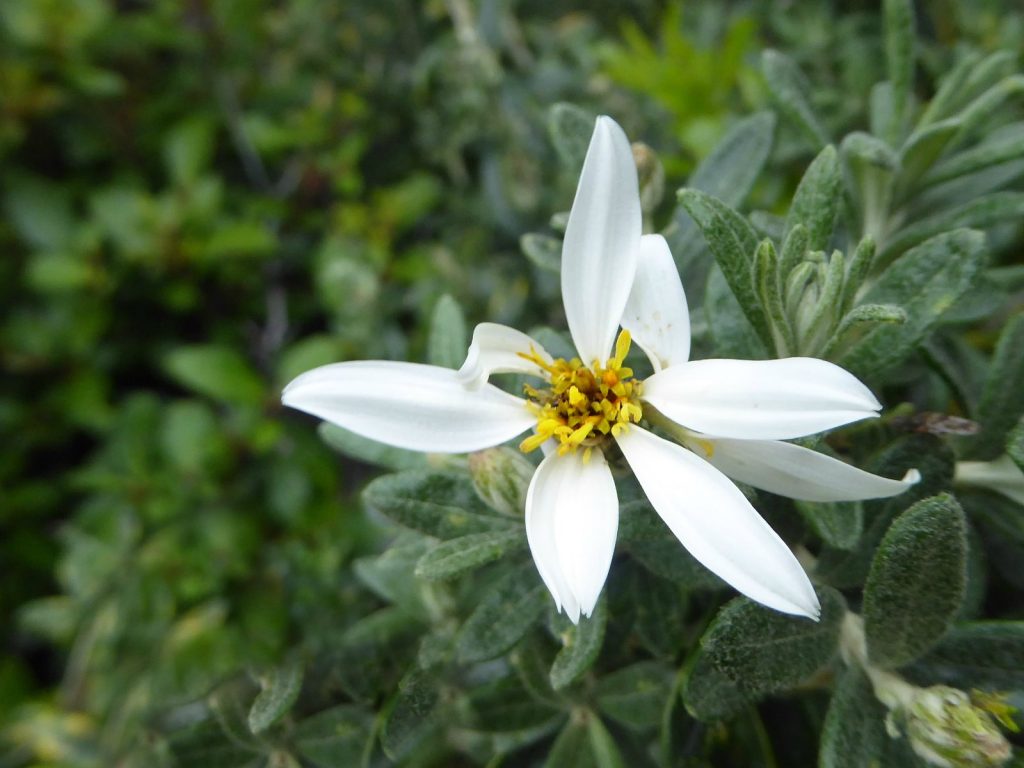 Fachine // Photo Credit: Linda de Volder
Fachine // Photo Credit: Linda de Volder
-
Black Shrub (Mata Negra): This shrub forms in wetter areas of the Patagonian Steppe. It has white-pink petals and capsular fruit.
-
Fachine (Mata Verde): This plant is made up of white petals with a yellow disk. The flowers have antiseptic properties and were once used by Patagonian natives for medical purposes.
-
Guanaco Bush (Neneo Macho): The Guanaco Bush is a cushion-like shrub that grows on rocky soil. It has red-orange flowers.
-
Streaked Maiden (Campanilla): This is an herb with flowering stems. It has white flowers and a yellow fruit capsule.
-
Paramela (Paramela): A shrub made up of bright yellow flowers. It grows in exposed areas of the Patagonian Steppe.
-
Purple-spored Puffball (Hongo de polvera): As its name hints, this plant is of purple color and grows darker with maturity. It has a fleshy texture and cracked surface and is edible when it is young.
-
Lady’s slipper (Capachito): This herb has very distinct yellow flowers that are in the shape of slippers.
Andean Desert
Like other vegetation in Patagonia, species in the Andean desert have adapted to survive in harsh weather conditions. They are tolerant to low temperatures and high precipitation. The weather causes the vegetation to grow underdeveloped, such as stunted trees or shrubs growing on rocks.
-
Cushion Plant (Llaretilla): This herb has dense shrubs and yellow flowers. It is found in various environments, including high altitude areas.
-
The Devil’s Strawberry (Frutilla del Diablo): This bright-colored red fruit is found on the hillsides, more than 600m above sea level.
Do you want more information? Visit cascada.travel and learn about our programs

